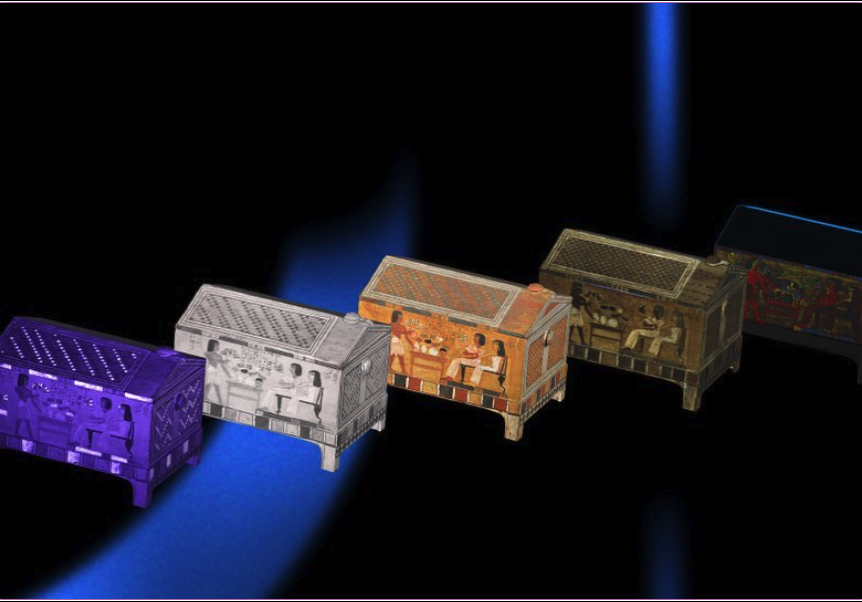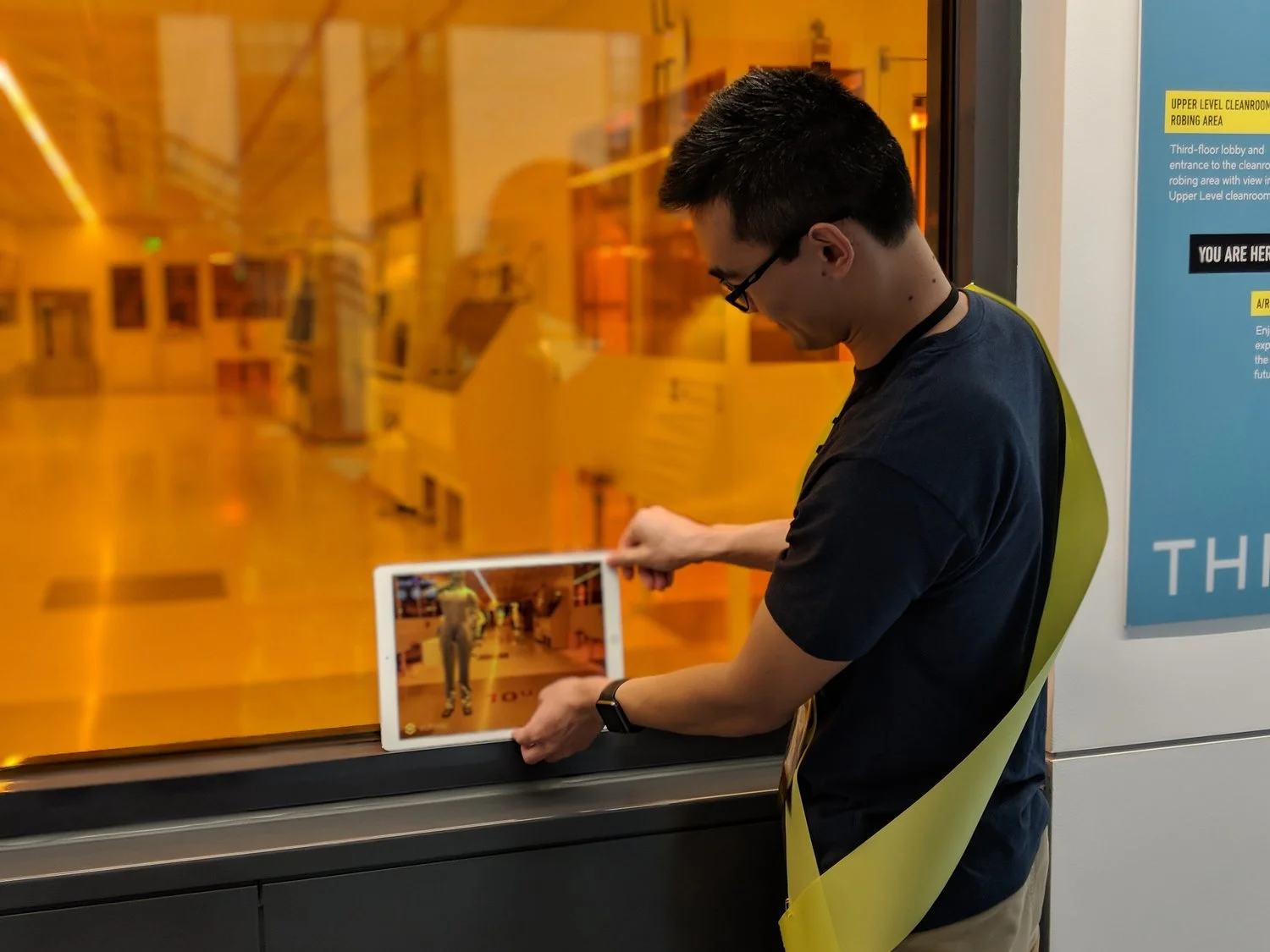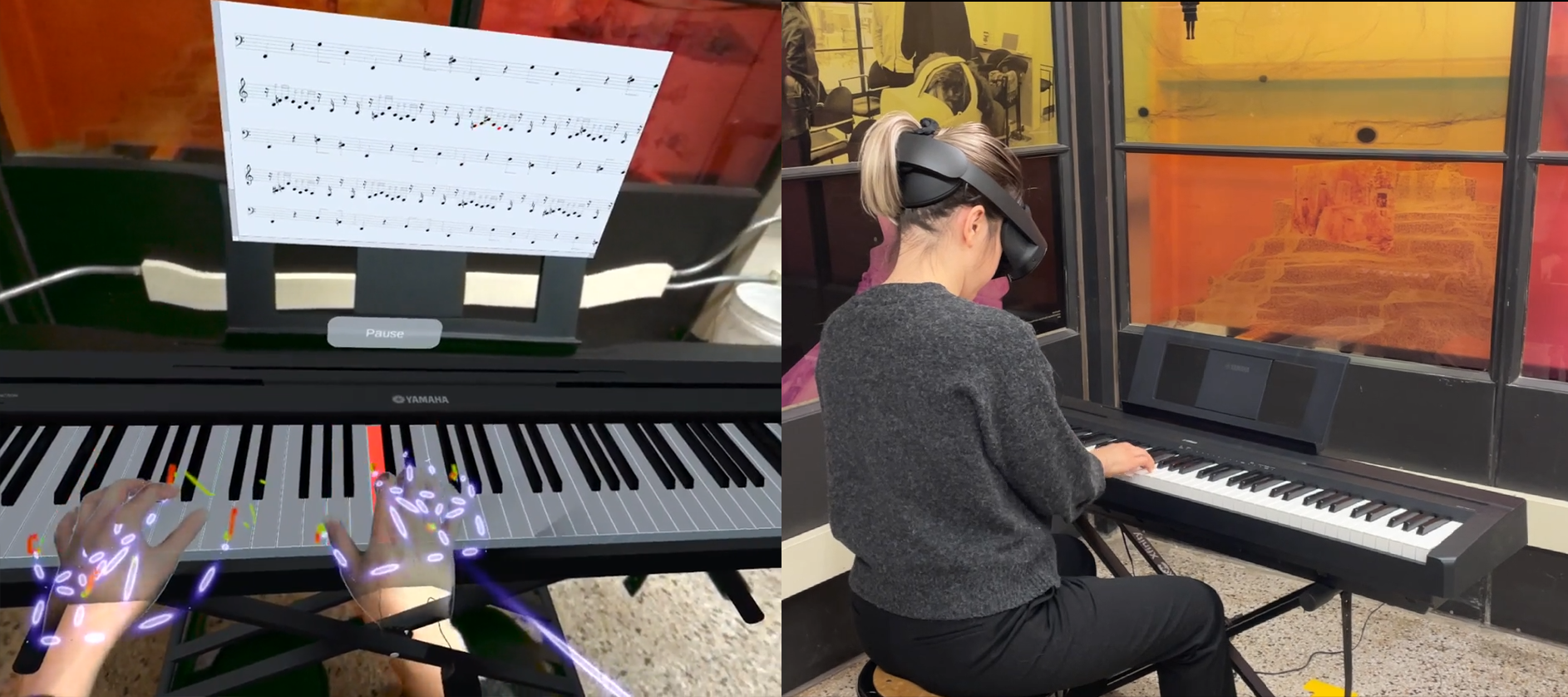Beyond Light - Archeologia Invisibile Exhibition
Casetta Di Khan
Installation Collaborators: MIT Virtual Experience Design Lab & Masic Lab @MIT
Exhibition: Archeologia Invisibile, Museo Egizio, Turin, Italy.
March 2019 - January 2022
The purpose of the “Invisible Archeology” exhibition was to illustrate the principles, tools, examples and results of the meticulous work of recomposition of information, data and knowledge made possible today by the application of science to other disciplines and, in particular, to the study of the artifacts. What can anobject tell of itself? Our senses give us basic information about it, such as its appearance, size, shape, colour, even the traces that human, nature or time have impressed on it. Yet, all this is obviously not enough to reveal the whole story and the life cycle.
Archaeometry - a set of techniques used to study materials, production methods and the conservation history of artifacts – makes it possibleto question objects: thanks to the growing interaction with the skills of chemistry, physics or radiology, the material heritage of the Egyptian Museum’s collection reveals elements and news that would otherwise be inaccessible.
In collaboration with Masic Lab@ MIT, Virtual Experience Design Lab created an augmented reality installation that focused on one of these artifacts, La Cassa di Kha. This interactive piece enables the viewers to explore the ancient artifact with its invisible properties revelead by various scanning techniques,including XRF, IR, and VIL.
The Cassa di Kha ("Kha's Chest) was discovered in the Tomb of Kha and Merit, dating from 1500 to 1200 BC. Beyond Light AR experience allows viewers to switch between various representations in real-time, move around the virtual object, and get closer to examine its surface features. An info layer educates the viewer about what each representation reveals:
IR reveals drawings that were made but later corrected by over painting.
•XRF maps the chemical elements such as Fe or Mg on the painted surface and any underlying layers.
•VIL exclusively reveals the Egyptian Blue pigment, which reflects visible light through infrared frequency.
This spatial representation reveals the amount of information encoded with in the materials, shedding light on the craftsmanship of the ancient world.
There was a parallel virtual exhibition that took place as the event took place during Covid-19 pandemic.









